New dimension: SpearUAV unveils ‘capsuled’ Ninox UAS
Key Points
– The new Ninox UAS has been designed to deliver immediate situational awareness in the land, sea, air, and homeland security domains.
– The Ninox 103 is in full system development for two customers, one of which is the Israel Ministry of Defence.
Israel’s SpearUAV has disclosed development of an unmanned aircraft system (UAS)-based disruptive technology that could potentially revolutionise real-time battlefield and homeland security (HLS) situational awareness. SpearUAV’s solution – variants of which are individually designated with the prefix ‘Ninox’ – is designed to deliver organic and immediate intelligence, surveillance, target acquisition, and reconnaissance (ISTAR) tactical superiority for strategic, tactical, and micro-tactical missions.
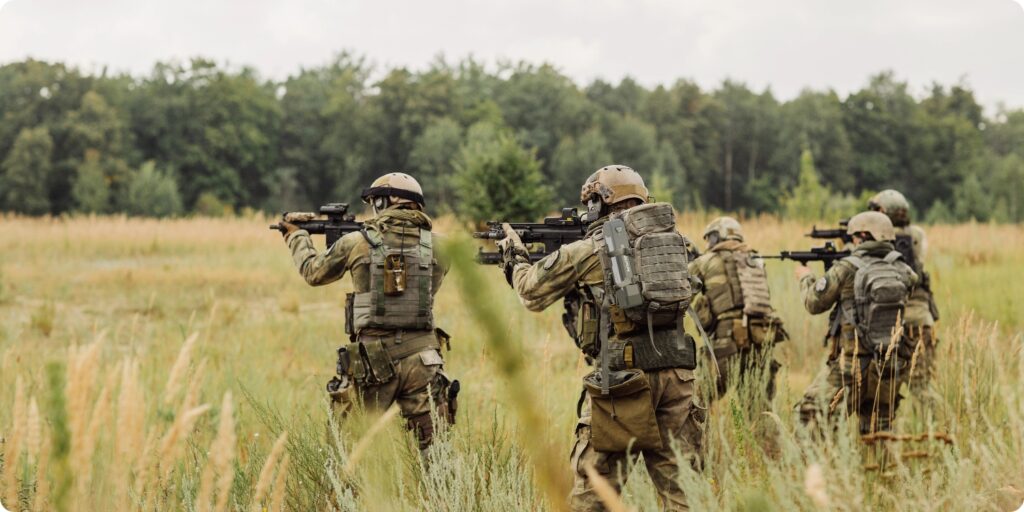
“We believe we’ve overcome the challenge of delivering an immediate response to pop-up targets and near proximity threats on the battlefield,” Gadi Kuperman, CEO of SpearUAV, told Janes . “The individual soldier, ground or naval platform crew, or border security detail no longer needs to call up or co-ordinate UAS ISTAR support. There is no ‘deployment’ or ‘deployment time’ required – our technology is immediately accessible, it’s under their control and, crucially, the ISTAR capability is instantaneous. That’s the discriminator.” Underpinning the development is SpearUAV’s hope that Ninox UASs could be regarded as standard battlefield equipment. Implicit in this is an affordability factor that enables a customer to acquire the systems in sufficient quantities. “We want the user to treat the drone the same way as he/she would any other piece of combat equipment or ammunition, such as a bullet or a grenade: it’s a battlefield tool, it’s ready and meant to be used at any time and without hesitation. And that could be for an infantry soldier or for land and naval platform crews,” said Kuperman. The Ninox technology provides for a family of lightweight, modular, immediate-use, optionally recoverable UASs housed in ready-to-deploy and hermetically sealed programmable ‘smart’ capsules.
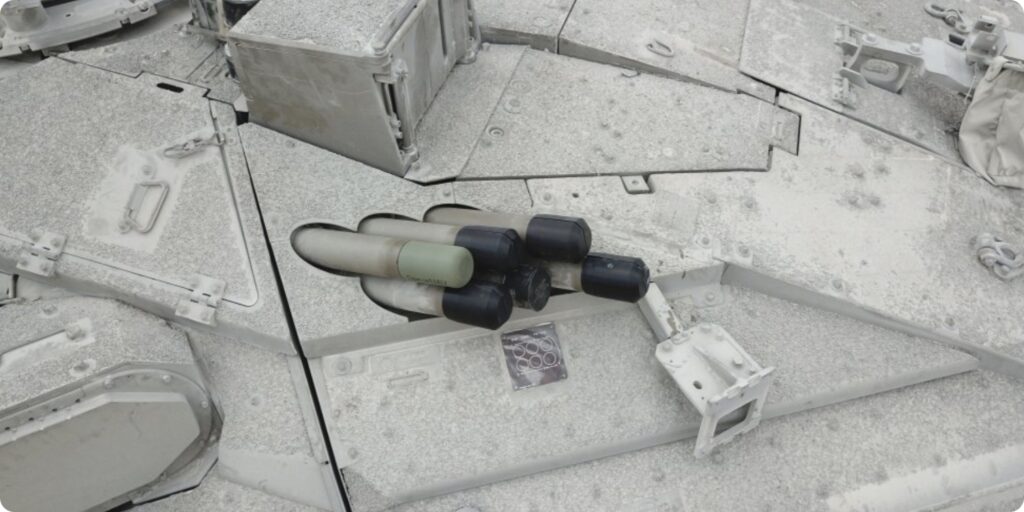
Each capsule has an integrated proprietary ‘launching mechanism’ that enables the UAS to be launched and instantly deployed. SpearUAV declined to disclose exact details of the launch technology in the capsule, noting only that it is a non-explosive/non-hazardous solution and as such poses no safety issues to the user transporting it. “The launch mechanism is part of the intellectual property which is at the heart of the smart capsule; it has taken considerable time and investment to develop and has already been extensively tested and approved in accordance with IDF [Israel Defense Forces] safety and reliability protocols,” Boaz Ben Chaim, SpearUAV international business development and sales director, told Janes. The capsule also acts as a wireless router between the encapsulated UAS and the user ground station/command-and-control (C2) system. “The mission is programmed into the drone via the capsule and the drone executes the mission immediately. The system is intuitive; the user does not need to know how to fly a drone, they fly the mission,” said Ben Chaim.Built to withstand extreme environmental conditions and vibration during transport, the UAS can also remain in the sealed capsule for prolonged periods without maintenance. The encapsulated UAS can be incorporated into existing launcher architectures – infantry user grenade launchers, land platform smoke grenade launchers, air and maritime launch systems ‒ and with bespoke SpearUAV-developed launchers for fixed-position/HLS-type missions. The capsules can also be tailored to the launcher. “As with all modern land combat platforms – MBTs [main battle tanks], IFVs [infantry fighting vehicles] – the huge turrets are crammed with sophisticated systems so there is a ‘real estate’ issue. We’ve factored that in: the Ninox systems can be launched from any OEM [original equipment manufacturer] launcher. We are mainly talking about smoke grenade launchers but it could also be a missile launcher. We can fit the size of the capsule to any of them. There is no need for additional ‘real estate’, another launcher, or another full integration, we can tailor the capsule to the existing launchers,” said Ben Chaim. The Ninox family provides for three baseline systems in 103 mm, 66 mm, and 40 mm calibres. As currently configured, all systems feature a day/night camera; artificial intelligence (computer vision) and automatic target tracking; homing algorithms; combined global navigation satellite system (GNSS) and inertial measurement unit navigation; a commercial off-the-shelf, secured twoway datalink; and embedded mesh networking and swarm capabilities. An optional capability provides for operations in a GNSS-denied environment. All systems are powered by an electric motor using lithium-ion batteries, feature deployable rotor blades in a quadcopter configuration, and can be launched on-the-move or from under cover. To date, the Ninox range of systems has achieved more than 1,000 hours of operating trials and demonstrations.
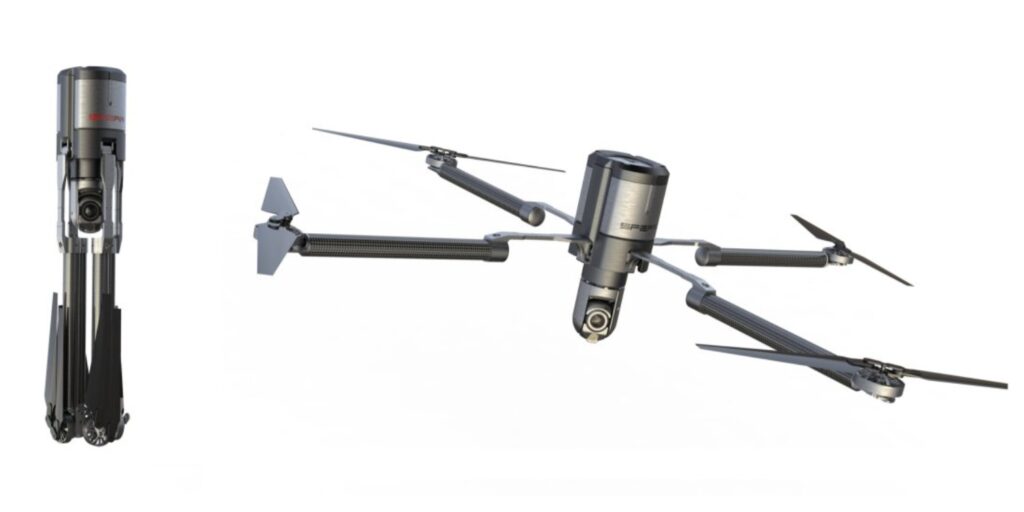
The Ninox 103 was derived from a customer requirement; it is the first-of-type and the ‘technology engine’ for the entire Ninox development. Housed in a 1,050 mm-long capsule, it has a baseline weight of 2 kg and can carry a payload of up to 1.5 kg. The system also has a declared flight duration of 60 minutes and a line-of-sight (LOS) communication range of 10 km, although this could be extended with more bridging, according to Ben Chaim. Janes understands that Ninox 103 development was accelerated with Israel Ministry of Defence (IMOD) funding to meet specific but undisclosed programme requirements, and that the system has achieved an early initial operating capability (IOC) on an IDF platform. Both SpearUAV and IMOD declined to specify the intended platform(s) for Ninox 103 in IDF service, although it could potentially equip a larger-scale UAS. “The Ninox 103 development is now at TRL [Technical Readiness Level] 9 and we are now in full system development in order to equip two customers, one of whom is the Israel Ministry of Defence,” said Ben Chaim. “The 103 is more a strategic, less tactical system; it can be launched from a main battle [tank] or an IFV but it can go on larger-scale platforms, both on the ground and not on the ground,” he added. Designed to be launched from standard 66 mm (such as on US M1 Abrams MBTs) but also 73 mm (such as on Israel’s Merkava MBT) and 76 mm platform-mounted smoke grenade launchers, the Ninox 66 capsule is 420 mm long and weighs approximately 1 kg with a provision to carry up to 700 g of effective payload in wind speeds of 20 kt. The system has an estimated flight duration of 50 minutes, LOS communication of 10 km, and a flight range of up to 25 km. The flight duration is likely a conservative estimate. “We are positioning the Ninox 66 for ground vehicles of all types – MBTs, IFVs, and medium and light tactical vehicles – and also for HLS applications where it could be incorporated in fixed or static launchers on a structure [such as a] nuclear facility perimeter fence, border fence, [or] critical infrastructure facilities. It can also be used on ‘soft vehicles’ for use by police forces or HLS-type formations. We’ve already launched it from one of these vehicle types: the launch effects on the vehicle are nominal,” said Ben Chaim. He noted that the system has been tested for critical infrastructure protection where the imagery can be simultaneously relayed to the facility C2 system, the base commander in their C2 vehicle, and deployed ground forces on their tablets. Currently at TRL 6, the Ninox 66 has received IMOD Directorate of Defence Research funding to advance its development for IDF evaluation. The system has been launched on-the-move from an IDF Merkava Mk 4 MBT and tested in ‘point-to-many-points’ mode where ISTAR imagery can be simultaneously relayed to different bases, units, and individuals. Current planning assumptions provide for a Ninox 66 IOC with the IDF in 2021. Intended for launch with rifle-mounted and dedicated 40 mm grenade launchers, the micro-tactical Ninox 40 is 310 mm long with an ISTAR payload weighing under 250 g. “Ninox 40 has a duration of about 40 minutes, LOS communication is 4 km – but it could work longer with more bridging – and flight range is about 15 km. Although it is a micro-tactical system, it is really designed for small squad-level formations operating in the urban/semi-urban terrain,” said Ben Chaim. SpearUAV is evaluating the development of a future variant of the Ninox 40, weighing 500 g, with a ‘special’ payload of 200 g. “It will, of course, have [a] shorter duration but will be configured for a different kind of mission,” said Ben Chaim. Janes understands that ‘special’ refers to a lethal payload.
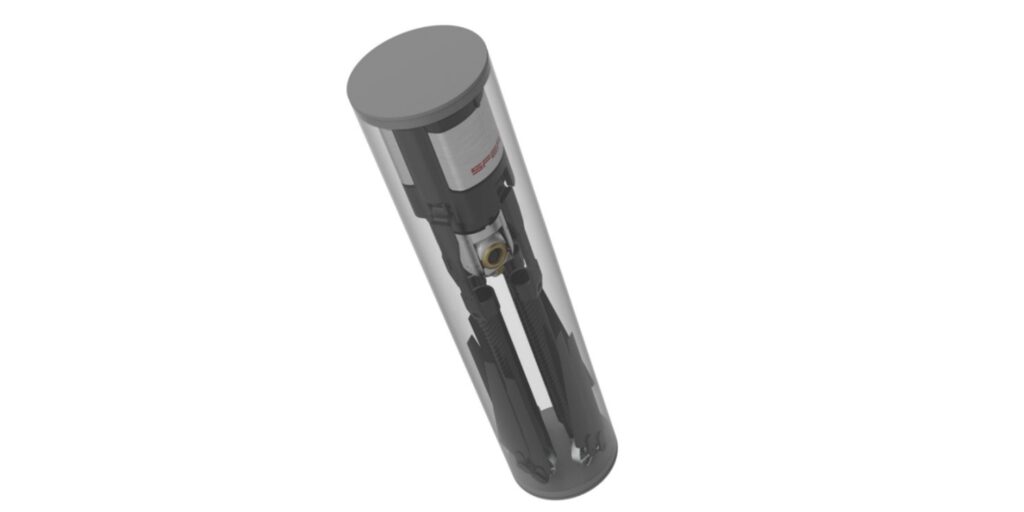
“Ninox 40 is currently at TRL 5 and we are now in the demonstration phase for several customers, including IMOD,” said Ben Chaim, adding that the system has been tested with the M203 singleshot grenade launcher and the IWI GL 40 grenade launcher. “Our plan is to go for an IOC by 2021, only for ISTAR missions. If we do something with different payloads [then] that will be more in the 2022 timeframe.” Ben Chaim said the basic architecture of the Ninox system is, from the outset, designed to be modular and payload agnostic. “We currently use a day/night camera but the system can be integrated with a variety of payloads such as VISINT [and] COMINT. We can also integrate a variety of more advanced payloads, for example SIGINT [signals intelligence] and EW [electronic warfare] in the larger 103 and 66 variants.” All Ninox mission sets can be programmed into the UAS using proprietary SpearUAV software. “For individual soldier and lighter-weight platform C2, we use a commercial off-the shelf tablet, however, we recognise that many forces will prefer to use their own systems, and so we can incorporate our C2 software with their tablets. For MBTs, IFVs, and other larger platforms, we will incorporate our software into the embedded battle management systems,” said Ben Chaim. Although external to the actual development of the Ninox technology, IMOD’s Directorate of Defence Research has played a key enabling role – principally through funding and testing – in advancing some of the SpearUAV systems for specific IDF programme requirements. “Over the past two years the IMOD has been examining advances in UAS developments, and how to exploit civilian drone technologies and uses for military and homeland security applications,” Lieutenant Colonel Menahem Landau, head of UAV Branch, Aeronautical Division, at the Directorate of Defence Research, told Janes . “SpearUAV brought us some new and very distinct technologies, which we think will enable us to bring something new to the battlefield. Key for us was the immediacy and ease of use of the SpearUAV technology for the warrior; accordingly, we decided to invest some time and funding to see how we could advance those technologies for our own operational uses.” Declining to comment on specific programmes, although alluding to at least one armour application, Lt Col Landau said the ease of integration and operator safety have been crucial considerations in evaluating the technology. “For land platforms the idea was not to mount an additional system on the platform but to exploit existing infrastructure. We therefore decided to use the 73 mm smoke grenade launchers already on our [Merkava MBT] platforms and characterise the capsule-integrated drone accordingly. “We want immediate situational awareness for the crew and a system that is intuitive, not complicated for the crew to use. Essentially, the operator in the vehicle only needs to press a button and look at a screen and he/she has an instant ISTAR capability. There is also no risk to the operator because [they remain] under armour and the Ninox communicates directly with the platform’s battle management/vehicle situational awareness system. The image can be relayed directly to the gunner’s sight, effectively extending the situational awareness range of the platform. It can also be used when the vehicle is stationary or on the move to acquire targets or identify hostile fires.” Lt Col Landau confirmed that the IDF “is currently conducting some activities” with the SpearUAV technology. “We have the proof of concept, we know what the technology can bring, now we need to test and evaluate it, and see how it fits into our concept of armoured operations. This is one initiative but we can also use this technology from different platforms, including aerial, naval, and hand-held by an infantry user with a grenade launcher. “In the near term we will look at how to work with this new technology, how to use it cost effectively, and how it impacts operationally on the teams that use it. We need to understand how this will change our operational tactics, techniques, and procedures,” he added. Lt Col Landau said that Directorate of Defence Research envisions adding different sensors or capabilities to the Ninox UASs “for different and more complex missions”.
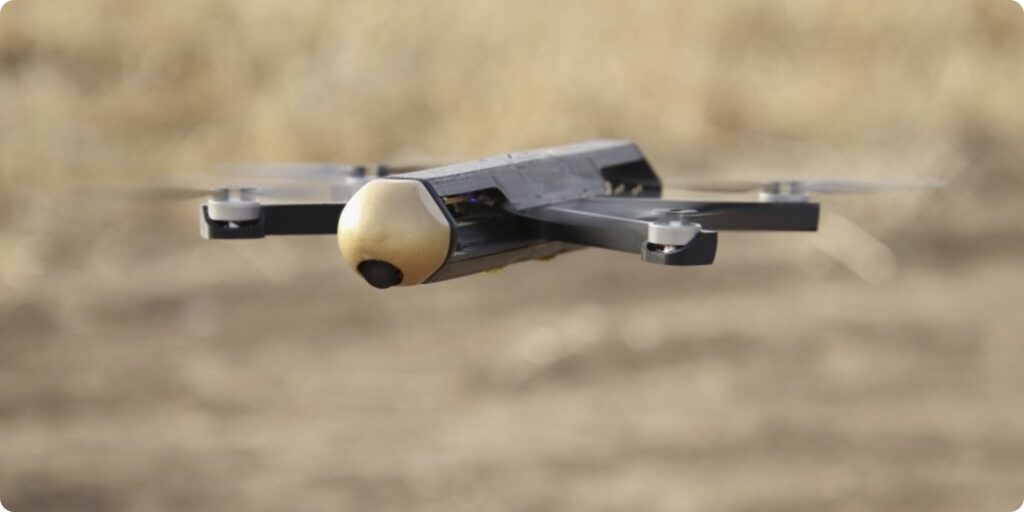
Comment: SpearUAV’s Ninox capsuled UAS technology has the potential to introduce a tactical advantage across a wide range of mission sets. The rapidity with which the IMOD has invested in and acquired at least two of the three Ninox variants for programmatic testing and evaluation suggests a confidence in the technology that will evolve into operational evaluation and/or system deployment in the near term. The possible addition of a lethal payload on the Ninox 40 would be a particularly interesting development as infantry squads have long sought a simple, reliable, and organic means of engaging targets in defilade.

